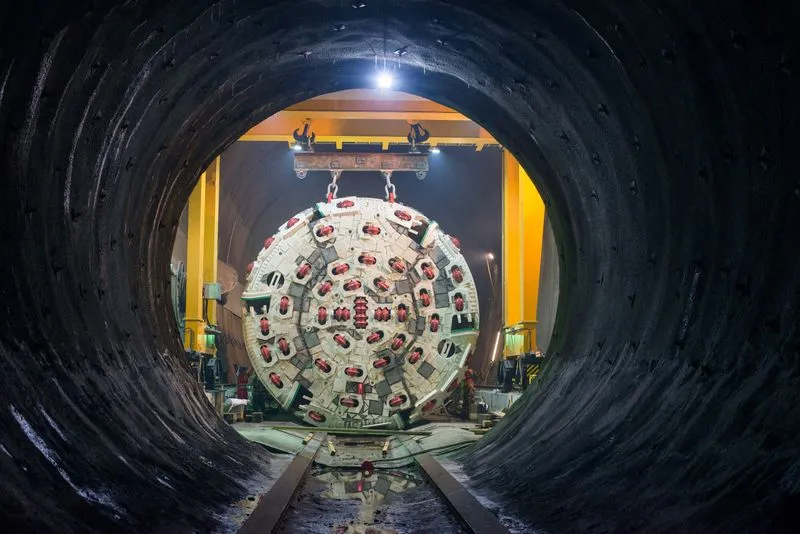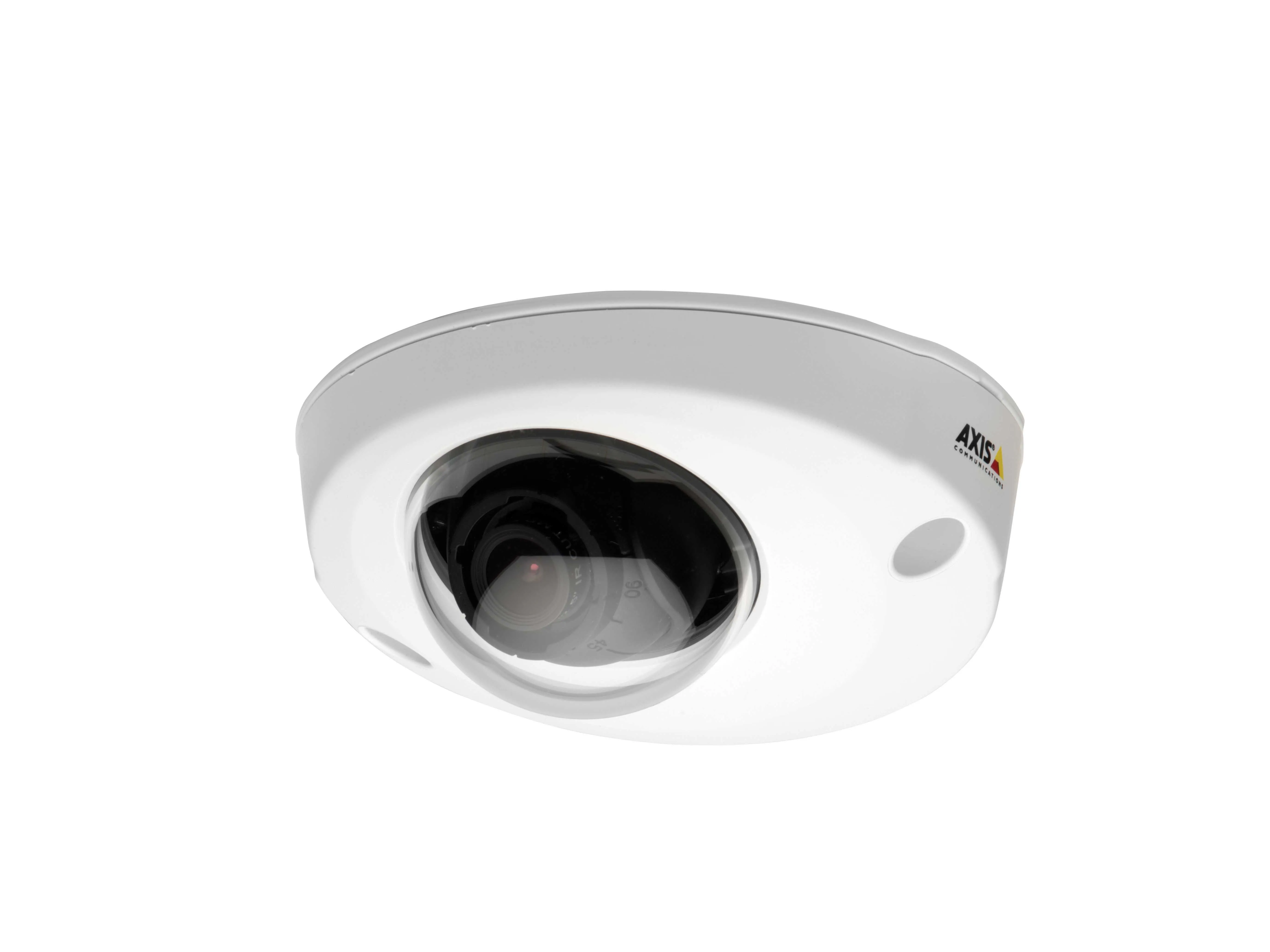
New developments in tunnelling technologies offer contractors greater efficiencies when constructing new bores
Tunnel boring machines (TBMs) are widely being used in major projects such as the Brenner Base Tunnel in the Austrian Alps. Full face TBMs are highly sophisticated machines featuring a rotating drilling head, which removes the material, and, depending on the type of construction, secures the excavated tunnel with shotcrete, rock bolts and wire mesh or prefabricated segments of reinforced concrete. They allow for high rates of advance and provide personnel with good protection. Approximately 70% of the work on the Brenner Base Tunnel has been completed by up to six TBMs operating simultaneously.
But despite the frequent use of TBMs, the geological documentation of the drilling face lies behind that of conventional tunnel drives mainly due to visibility restrictions. In conventional tunnelling, geological mapping is usually performed by a geologist and is not impeded by an obstructed view to the face. However, in mechanised tunneling, the view to the face is obstructed by the cutter head.
In collaboration with Geodata, the Institute for Subsurface Engineering of Montanuniversität in Leoben, Austria has developed a camera system for boring machines used in tunnel construction projects, which helps solve this issue. Allied Vision’s distribution partner and imaging technology provider Stemmer Imaging, located in Puchheim, Germany, also cooperated in the project.
The camera system was developed during a current project called TBMonitor. It was field-tested in a hard rock TBM drive of the Brenner Base Tunnel constructed by
To expand coverage of the face area, the camera-based system was designed to locate in different housings. This allows TBMs without extra camera openings to be equipped with the camera package.
The system uses a rugged camera designed to operate in extreme environments and fluctuating lighting conditions, paired with a 5mm fixed focal length lens: Allied Vision’s Prosilica GT2000 Gigabit Ethernet (GigE) Vision camera, equipped with the 2.2 Megapixel CMOSIS CMV2000 CMOS sensor. Equipped with Power over Ethernet functionality (PoE), the camera can be operated with a single cable for power supply and data transfer. In conjunction with the aperture settings, the lens and a special LED ring provide a broad depth of field ranging from approximately 20-200cm.
For image recording, the cutter head is manually rotated just over 360°. The cameras are taken out and reinstalled in adjacent disc housings after each rotation. The control unit contains a PC, power supply, and a uniaxial inclination sensor and is mounted near the rotation centre of the cutter head. The camera control software running on the PC is based on Allied Vision’s Software Development Kit, Vimba. The software triggers the camera in a fixed rate of two images/second, providing sufficient overlap and a surplus of images. The PC can be remotely controlled with an
The control unit is equipped with an inclination sensor and combined with the known position of the disc housing, this can determine the position of the camera in the the cutter head, giving key information for photogrammetric processing.
Determining the exact position and shape of objects in a 3D space is completed using photogrammetric processing, which uses different measuring and evaluation methods to analyse digital images with the aim of creating a 3D model.
Robert Wenighofer, project assistant at the Institute of Subsurface Engineering of Montanuniversität Leoben, said, “After more than a year of utilising the camera system, photogrammetric processing has proven to be an appropriate means of documenting the face, even in the harsh environment of a hard rock TBM drive. The camera system provides high resolution orthophotos and relief presentations of the face representing an objective basis for geological mapping.”







